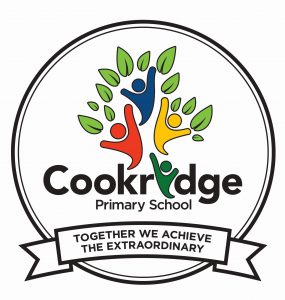LKS2 – Newsletter – 06.09.24
LKS2 have had a fantastic return to school! We have all been so impressed by how they have thrown themselves back into their work and routines.
On Tuesday, we had a carousel of activities for children to complete in teams. One of these included trying to stack some cups using rubber bands and string. They were not allowed to use their hands and had to use their teamwork skills to communicate with each other and complete the task.
This week in science, we learnt about Archimedes and how his work thousands of years ago still impacts our lives today. We discussed some of his inventions, such as the Archimedes Screw, levers and pulleys and his work on buoyancy, density and floating.
We then discussed what science actually is, the role of a scientist and what is an experiment. We looked at new vocabulary before investigating what buoyancy meant and how it affects objects in water. Children made a prediction about which items would sink or float when placed in water. We then tested our theories. Using the information, we had gained from this experiment, in groups children used aluminium foil to create a boat. We then took turns experimenting how many coins our boats could hold before they sunk. Children discussed how to place the coins and evaluated as they went along.
In Miss Bourne’s maths group, children looked at negative numbers on a number line. They used the number lines to help us add and subtract through zero. They did this by rolling the dice to create a positive or negative number and then added or subtracted another number.
In Mr Gamble’s maths group children used lucky dip pots filled with numbers, they generated their own number sentences. Then, they used a number line to work out their number and investigate counting forwards and backwards through 0.
In Year 3, children explored different two-digit numbers. Working in pairs, children partitioned numbers and looked at how many tens and ones it contained. We used different concrete resources including; base ten, counters and tens frames. Children chose how they wanted to represent each number using the available materials. Children then drew their own examples of number.

